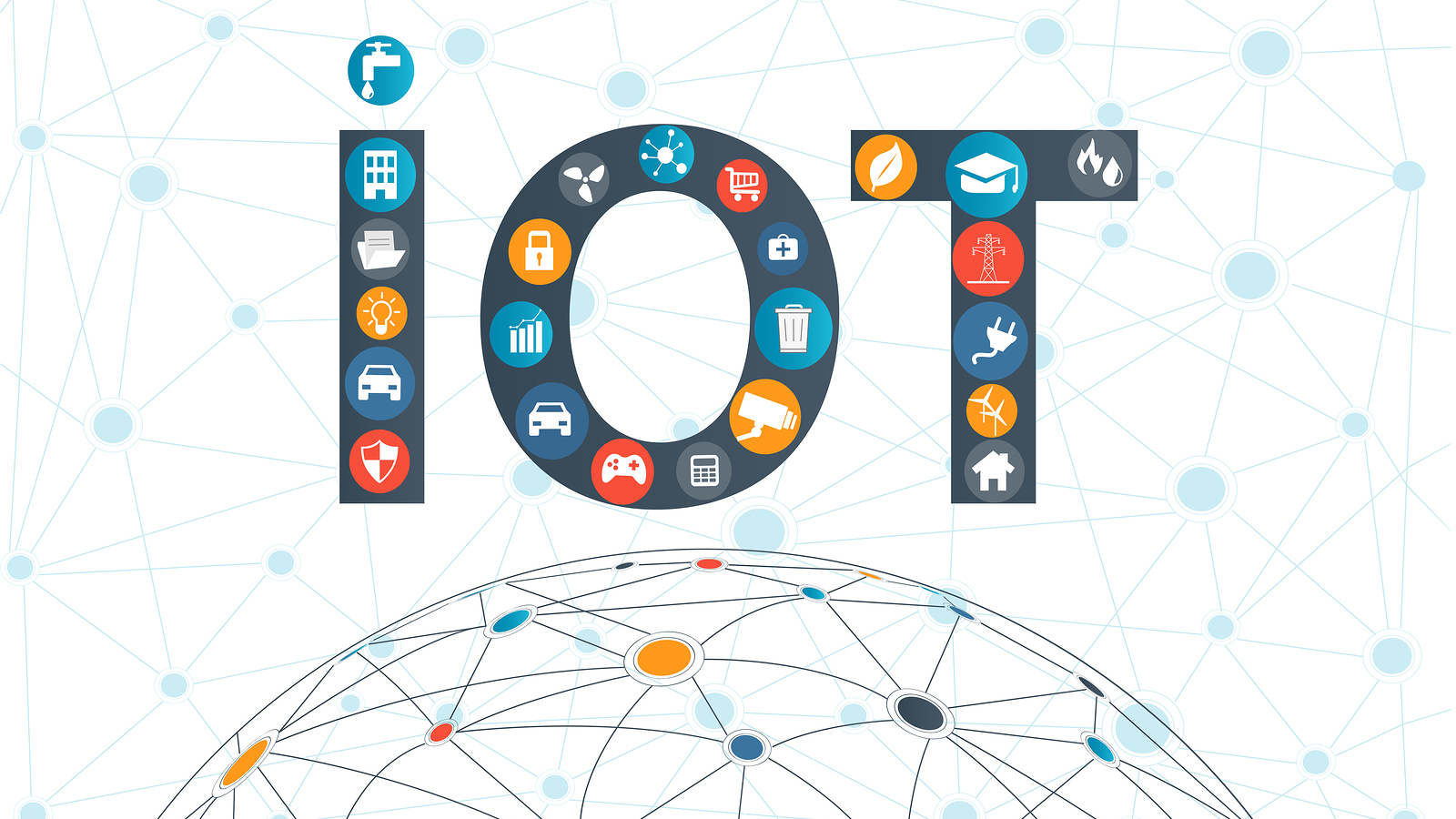 Internet of Things (IoT) is emerging as the next big revolution in the world of technology. It facilitates an environment where web-enabled devices are connected with embedded sensors, communication hardware and processors to disseminate insightful information over the defined network. It involves a range of applications, standards, protocols, architecture and data analysis techniques whereby devices and items are connected to the internet with some business, industrial or human purpose in mind.
Internet of Things (IoT) is emerging as the next big revolution in the world of technology. It facilitates an environment where web-enabled devices are connected with embedded sensors, communication hardware and processors to disseminate insightful information over the defined network. It involves a range of applications, standards, protocols, architecture and data analysis techniques whereby devices and items are connected to the internet with some business, industrial or human purpose in mind.
IoT is an umbrella term used for a broad range of underlying technologies and services, including:
- Artificial intelligence
- Advanced analytics
- Augmented and virtual reality
- Next-gen cyber security
- Big data
- Cloud computing
- Blockchain, and a lot more.
A fast growing IoT technology market is driving down the hardware costs. Products equipped with IoT sensors can alert the customers when a service is needed. This creates opportunities for the businesses for ongoing customer relationships and creating revenue streams for what previously was a onetime sale.
IoT device deployment provides the data and insights needed to automate processes, streamline workflows, visualize usage patterns and compete more effectively in the changing business landscape. Captured, aggregated and analyzed data are leveraged for several use cases, including real-time monitoring, semi-autonomous and autonomous decisions, new business models and many more.
IoT network and connectivity shifts
In the recent years, focus of IoT has shifted from the pure aspect of connecting devices and gathering data to bridging the gap between physical, digital and human spheres through networks and connected processes to turn the insight into knowledgeable actions. The usage of IoT also happens at different speeds. It is far higher in manufacturing industry than the consumer internet of things (CIoT) space.
Internet of Things is an umbrella term, and often distinction is made between the Consumer Internet of Things (CIoT) and Industrial Internet of Things (IIoT). However, both CIoT and IIoT cover many use cases, and there are overlaps between them.
IoT is an essential driver for customer-facing innovation, digital transformation, connectivity of things, bridging the divide between physical and digital, data driven optimization and revenue streams across various business sectors.
Use cases across industries
The transformation of unconnected objects into smart connected devices is going to impact a multitude of industries like healthcare, automotive, predictive maintenance, ecommerce, energy, telematics, asset tracking, as well as personal lives of us all. There are numerous IoT use cases, some exist across the industries while others are more vertical.
IoT is the logical next step in the continuation of machine-to-machine (M2M) networks and technologies. IoT encompasses further than these roots and unites information technology (IT) and operational technology (OT). Industrial IoT is the largest segment of IoT applications and investments.
IoT has numerous advantages over the traditional technologies as it not only can bring new revenue streams but also unparalleled efficiencies and profitability to any industry.
Predictions on the number of connected devices
Gartner has predicted that there will be 20.4 billion connected devices in use by 2020. A report from Cisco and DHL predicts that IoT will generate $8 trillion in business value worldwide over the next decade. As per a Juniper Research report, the number of connected IoT devices, actuators and sensors will reach over 46 billion by 2022. Regardless of the exact numbers, one thing is clear that there a lot more things that still need to be connected.
The key drivers of IoT implements will be:
- Innovation and revenue
- Enhanced customer experience
- Asset utilization
- Supply chain and logistics
- Productivity improvement of employees
There are ample of use cases where business have obtained tangible value creation leveraging IoT. It enables an unseen new wave of innovation and optimization, especially as various technologies get combined to unlock the true value of internet of things implementations, like AI and Blockchain, IoT and robotics, AI and IoT, blockchain and IoT, etc.
The evolving reality
Despite challenges, different speeds and fast evolutions, IoT is here to stay. It’s a major force among the many phenomena and related technologies that have shown exponential growth in the recent years. Standards, maturity levels and applications continue to evolve as various actors in the IoT ecosystem come up to make internet of things projects better and smarter. IoT has a long way to go and the growth in intelligence things will continue to rise exponentially in the near future as multiple challenges get solved.
IoT theory is one thing, while launching a new, large-scale IoT project can be really challenging. Business managers have high and fast monetizing expectations from IoT infrastructure for which they need a reliable partner with ability to provide in-depth support from a comprehensive platform. Flexsin enables IoT connectivity to maximize the profitability of your applications while our experts manage the underlying complexity.
Our multi-technology, multi-network IoT connectivity solutions are aligned to deliver maximized value to a business leveraging complete technology stack for global services that can be customized for specific needs. We work in multiple business sectors, providing a wide array of IoT solutions. Talk to Flexsin, an IoT app development company, to discuss your business needs.


 Ajay
Ajay

